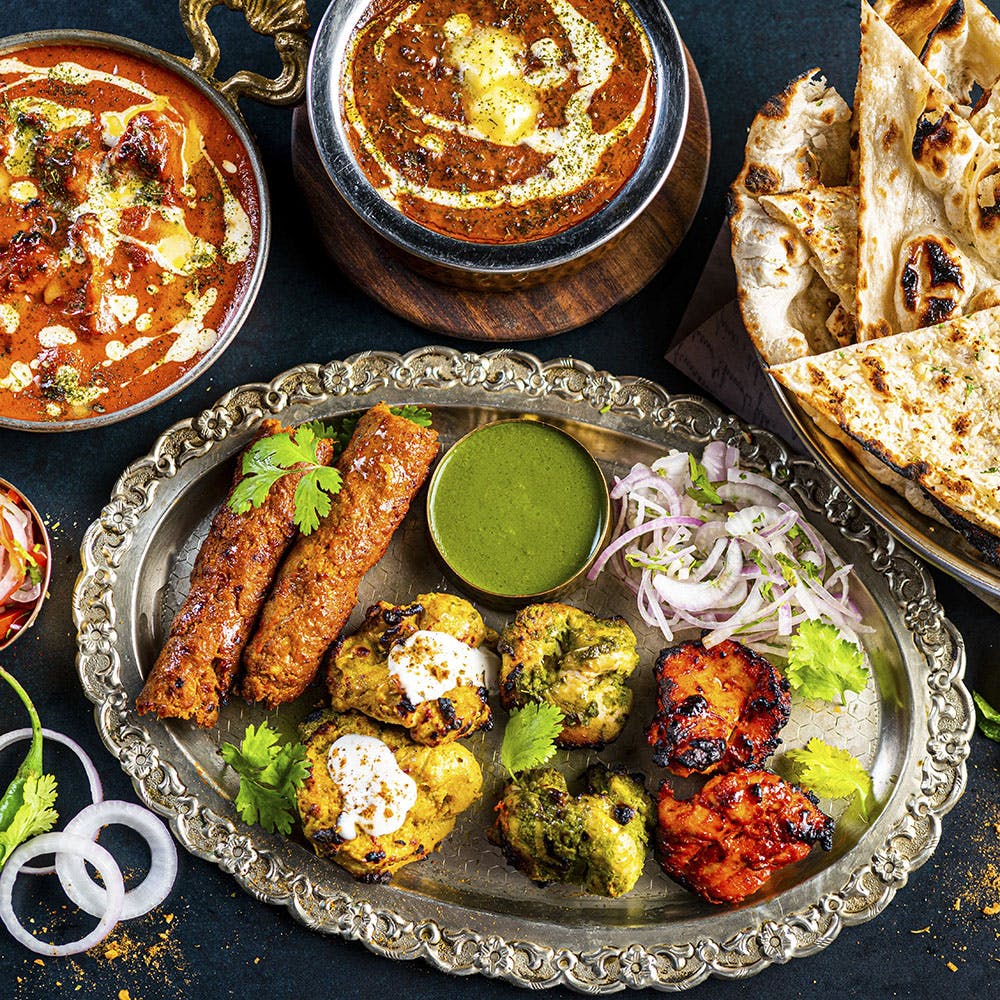There aren’t many folks that, without a doubt, recognize the difference between Awadhi and Mughlai cuisine, and we must blame it on restaurants who skip off a jumble of ingredients as Awadhi or Mughlai not knowing that the two are reasonably remarkable cuisines. Awadh changed into Central India’s area, which protected Uttar Pradesh components and a part of Nepal. It turned into a fertile Gangetic area that produced many of the best grains within us. The cuisine was native to Lucknow and was inspired by Bhojpuri, Mughlai, or even Hyderabadi and Kashmiri culinary traditions. The Nawabs of Awadh had Khansamas in their kitchens from these kinds of areas, and subsequently, the impact was quite pertinent. Still, Awadhi food has an awesome character and is quite exceptional from Mughlai.

Long before the invention of a pressure cooker, the culinary geniuses of Awadh invented the Style of cooking, which changed into precise because it no longer just retained the flavors and aroma of the food but also a good deal in contrast to the modern strain cooker, the nutrients as properly! It isn’t the same as pressure cooking; no steam is set free. Yes, cooking meals on the sluggish fireplace, by way of sealing the steam go-out factors of the vessel, mainly the conventional Deg, is the standard fashion, which makes it one-of-a-kind from Mughlai, Kashmiri, or Hyderabadi food.
“Most people don’t recognize what Awadhi Biryani is,” says Ishita Yashvi, who runs Namak Mandi, a boutique Awadhi eating place in DLF Promenade, Vasant Kunj in Delhi. “The Awadhi Biryani no longer has a spice overload, and while you flavor it, you can truly sense the aroma and will not be bitten with the aid of the zest of spices best.
Kebab has a long history in India. It became a part of the Muslim cuisine many earlier than the Mughals. The famous historian Ibn Battuta records Chicken Kebabs being served by Royal Houses during the Sultanate period. Each royal cluster in India had its variant of kebabs. Lucknow takes pride in the style of kebabs, which might be a part of its delicacies. While most kebabs had been commonplace to nearly all Royal kitchens throughout India, a few were at the start invented here, just like the famed Sunday Kebab named after its writer who had best one hand and the Galawati Kebab, which can be tender, crumbling meat patties made for a toothless Nawab who changed into keen on meat however he couldn’t have most sorts of kebabs as they were hard. Another delectable Awadhi kebab is the Chapli kebab.
It is nearly like the Galawati kebab and is cooked in a pan. In truth, the principal distinction between Awadhi and Mughlai kebabs is that most kebabs from the previous cuisine are pan-fried and now not cooked in a tandoor. Namak Mandi serves its subtly flavored Galawati Kebab with Hazari Paratha, an unleavened Indian flatbread with a moderately sweet taste. Other Awadhi Kebabs worth attempting are Burra Kebab and Murg Balai Kebab, which are marinated in cream and smooth and juicy.
The Biryani is cooked with not less than spices; the primary components are meat and rice. It still has an unforgettable aroma and is prepared on Dum byby sealing the Deg or cauldron with Degugh or person quantities. The biryani has a steamed interior, a dough ball that rises as the steam builds up internally. It is finally cut open to experience the very last dish.”Namak Mandi, which strives to restore actual Awadhi recipes and plates, is owned by chef Imtiaz Quresh (of Dum Pukht fame), Mohammed Ahsan Ali Qureshi Ishita Yashvi. According to Ishita, “The trouble with maximum restaurants is that in the call of Awadhi or Mughlai food, they truly load the dishes with oil and cream because of which the original flavor of the meats and vegetables is misplaced.”
The Awadhi Dastkhwan turned into intricate and niche and blanketed apart from kebabs and biryanis, dishes like kriyas, kulchas, zarda, sheermal, roomali rotis, Tehri, Iraqi parathas, salads, etc. The use of spices became restrained because the emphasis turned into an aroma. Cardamom and saffron are used liberally in these delicacies. Unlike Mughlai food, which is doused in cream, loaded with ghee and butter, and excessive on spices, Awadhi food has subtler flavors and the real feeling that the primary elements are retained. The daal is cooked overnight to get that perfect flavor, and the mutton is chopped inside the right size to allow the curry’s feelings to seep in.




